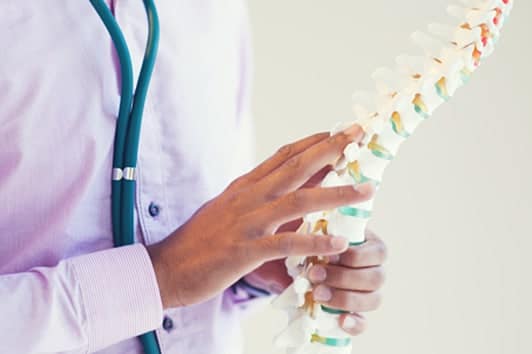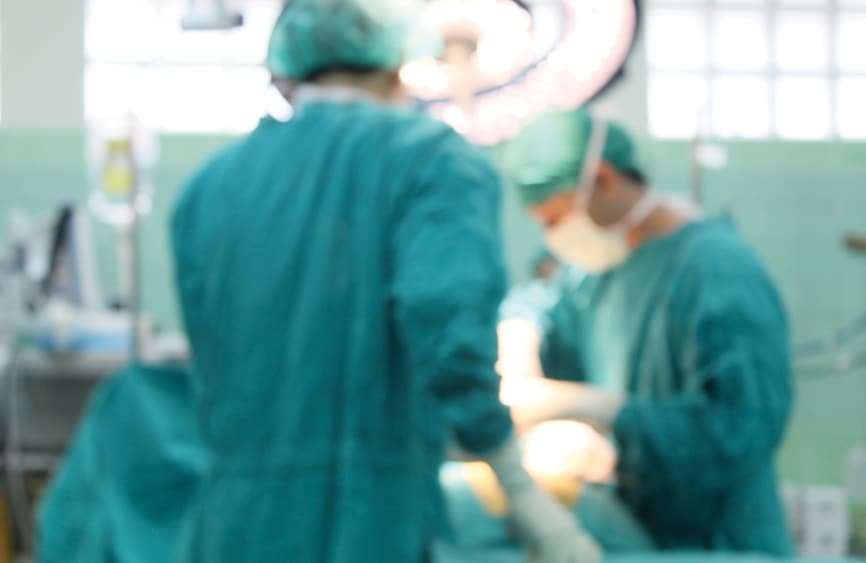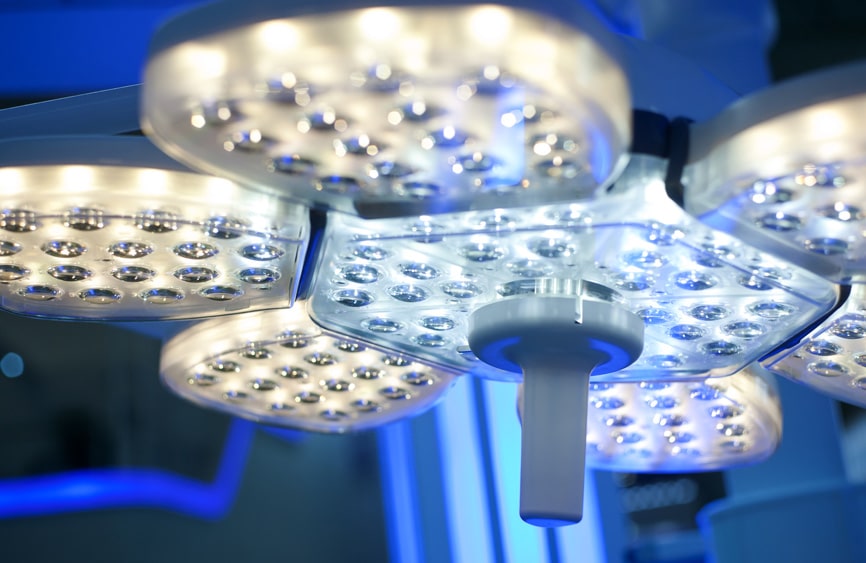Failed Prior Surgery Syndrome
Understanding the Symptoms, Causes & Treatments of Failed Prior Surgery Syndrome
Understanding Failed Prior Surgery Syndrome
Many patients suffering from chronic pain in the back, neck, or legs after spinal surgery initially hope for relief with a ‘one-and-done’ procedure that resolves all their symptoms. However, at VSI, we frequently encounter patients who have undergone surgery elsewhere but did not achieve their desired results or regain their quality of life. For those experiencing symptoms of a failed cervical fusion or other spinal procedures, our role as spinal specialists is to educate each patient about their unique spinal condition and explore all available treatment options. In some cases, this may involve considering another surgical procedure, particularly for those dealing with a failed cervical fusion. Explore below to learn why our spine clinic may be the best choice to treat your prior failed spinal surgery and help you regain lasting relief.
What is Failed Back Surgery Syndrome (FBSS)?
Failed Back Surgery Syndrome (FBSS), also known as Post-Laminectomy Syndrome, is a condition characterized by persistent or recurring pain following spinal surgery. This pain can be in the back, legs, or both, and it occurs despite the surgical procedure intended to alleviate the initial symptoms.
What is Failed Neck Surgery Syndrome?
Failed Neck Surgery Syndrome (FNSS), also known as cervical post-surgical syndrome, refers to persistent or recurring pain and other symptoms following neck (cervical spine) surgery. Despite surgical intervention, the intended relief of symptoms is either incomplete or short-lived. FNSS is similar to Failed Back Surgery Syndrome, but it specifically pertains to the cervical region of the spine.


Symptoms of Failed Surgery Pain
Because each patient’s circumstances are different, their symptoms may present differently. Often, patients seek care because they had a previous surgery and never felt fully improved after that procedure. Some patients also will describe pain that worsens after surgery or returns shortly after. These symptoms can include neck, mid or low back pain – possibly extending into the arms and/or legs. Patients may also experience numbness and tingling as well. It’s important to report these ongoing symptoms to your doctor and seek a second opinion if they aren’t resolving.
When to Seek Treatment for Failed Back Surgery?
Each patient’s symptoms, whether related to failed back surgery syndrome, failed neck surgery syndrome, or post laminectomy syndrome, are unique. If you’re noticing symptoms associated with Failed Cervical Fusion Syndrome or suspect an issue with your recovery after ACDF surgery, it’s crucial to consult a board-certified spinal specialist for a second opinion. Contact a certified spine surgeon promptly for diagnosis and treatment if you experience pain 6 months after ACDF surgery or signs of a failed procedure.
Dismissing or ignoring post-surgical symptoms such as neck pain 3 months after surgery or ongoing lower back pain can lead to larger complications. Seeking care as quickly as possible is vital. Early intervention not only improves overall well-being but also provides a wider range of treatment options, which may decrease as symptoms persist. The key to a successful and speedy recovery lies in addressing the root of the pain with your spine specialist as soon as symptoms arise.


Common Causes of Failed Prior Surgery Syndrome
Failed Prior Surgery Syndrome
The fear of Failed Prior Surgery Syndrome is felt by many frustrated patients who are dealing with back pain or nerve complications and are now contemplating an additional spine surgery. The spine is a very complicated part of the human body, and surgery in this area is delicate and intricate. Luckily, for patients suffering with a Failed Prior Surgery Syndrome, the number of options available (and the potential for success of corrective surgery) has improved immensely over the last few decades. At VSI, we are one of the unique centers in the nation who specialize in resolving Failed Prior Surgery Syndrome for patients. If you suffer with pain after spine surgery, we will pinpoint the root cause and provide modern and effective solutions to improve your quality of life!
Pseudarthrosis
Pseudarthrosis of the spine is also referred to as a non-union and means ‘false joint’. It is the result of a failed spinal fusion. Pseudarthrosis can occur at any place where spinal fusion was attempted and presents as either axial (neck or back) or radicular (arms or leg) pain that occurs months to years after a previous lumbar fusion. One of the goals of fusion surgery is for the bones to heal together or “weld” into one solid piece of bone. For fusion surgeries, bone graft is used to achieve fusion and the fusion heals much in the same way a broken bone heals in a cast. If the bones do not “weld together” properly, then motion may continue across the area. For some patients, motion in that area can cause pain similar to that of a broken bone that never heals. Many patients with pseudarthrosis do not have any particular symptoms, and for these patients further treatment and evaluation is not always needed.
Diagnosing Failed Prior Surgery Syndrome
It is important to consult a spine specialist to discern if your symptoms are normal and expected post-surgery, or if there is need for further treatment to resolve your symptoms. At your consultation, your records will be reviewed thoroughly and you will undergo a comprehensive physical exam. Your spine specialist may also require updated diagnostic imaging, such as x-rays or MRI.
Once our experts have all of this information, they will work with you to develop a personalized plan for you moving forward.


Treatment Options for Failed Prior Surgery Syndrome
Treatment for Failed Prior Surgery Syndrome could include, but is not limited to:
- Pain Management
- Physical Therapy
- Regenerative Medicine
- Revision Surgery

